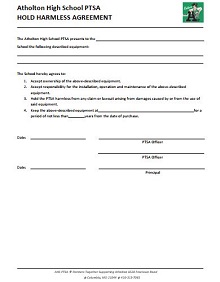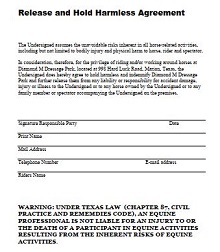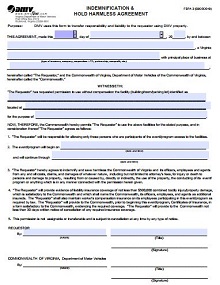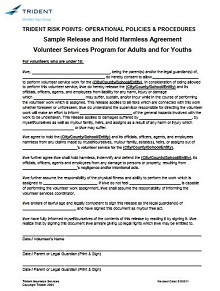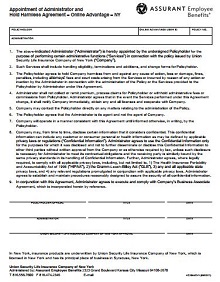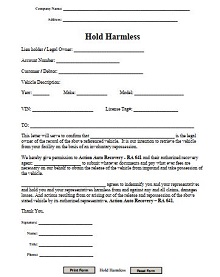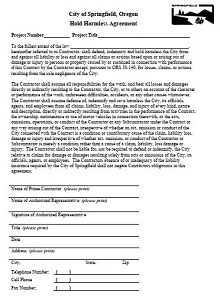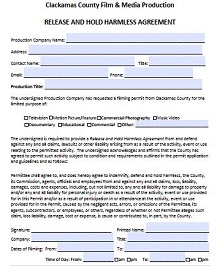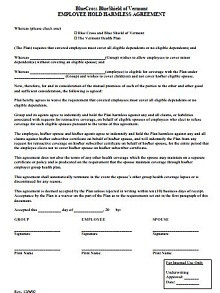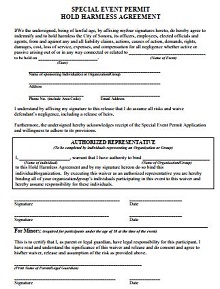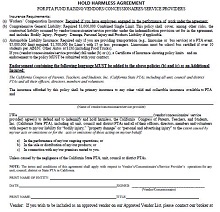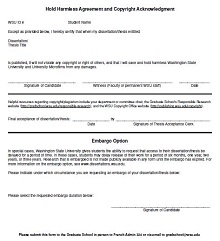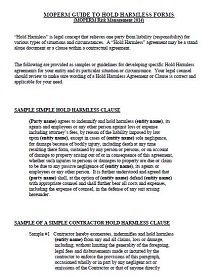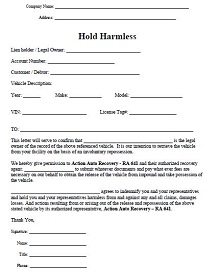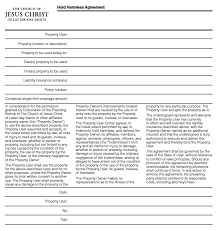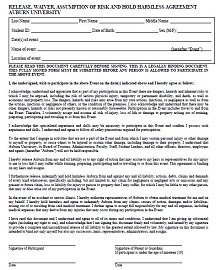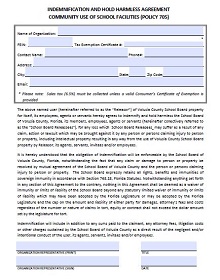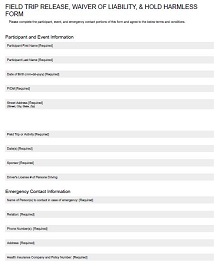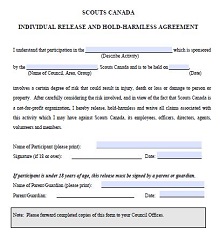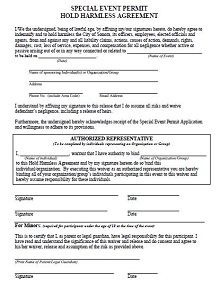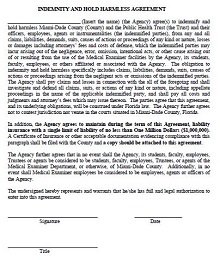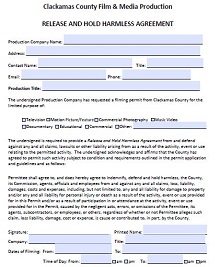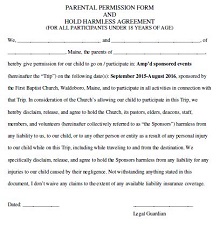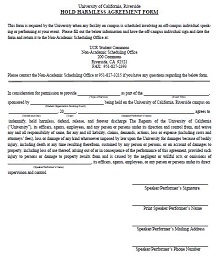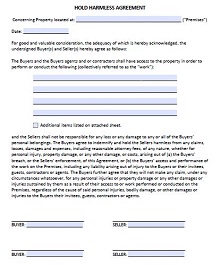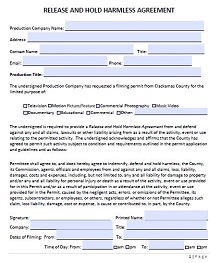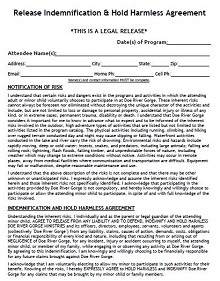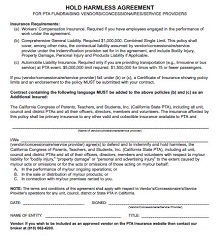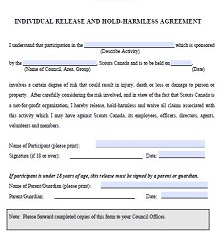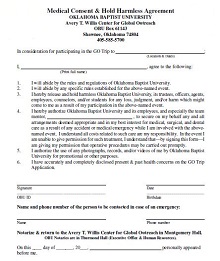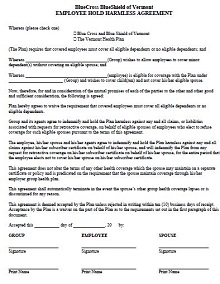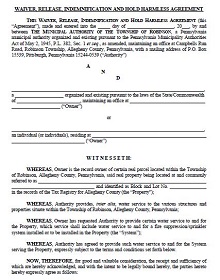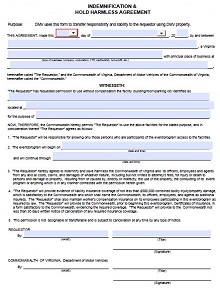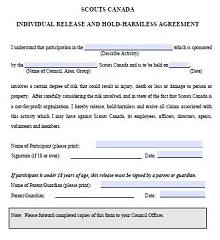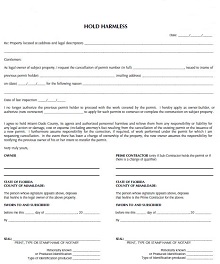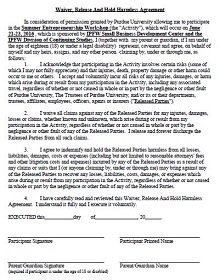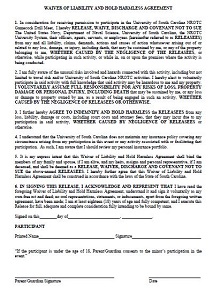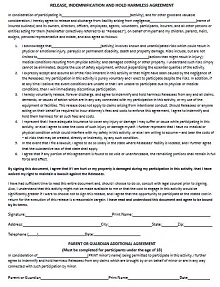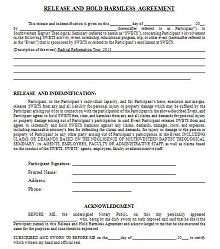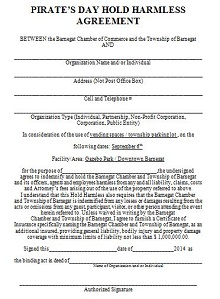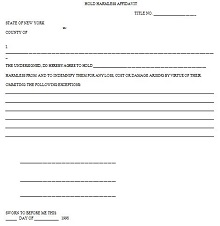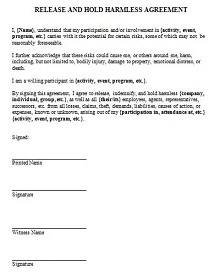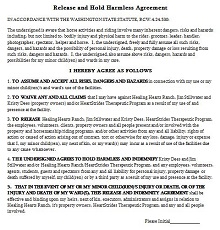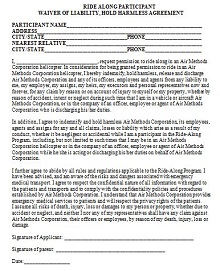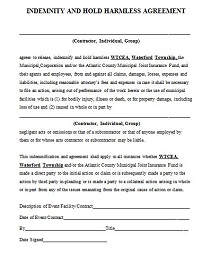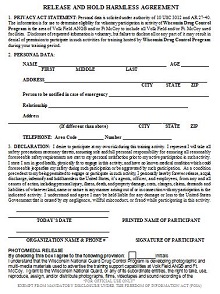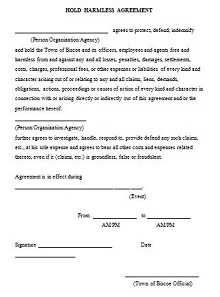50 Blank Hold Harmless Agreement (Free Printable PDF)
A ‘hold harmless agreement’ is a contract between two parties that designates one party, the Indemnitor, as legally responsible for any damages or losses caused by the other party, the indemnitee. The purpose of this type of agreement is to provide protection from financial liability, legal fees, and expenses associated with any claims made against the indemnitee.
Typically, businesses require customers to sign a hold harmless agreement if they engage in higher-risk activities. This agreement stipulates that no matter what happens, negligent action or otherwise, the customer cannot take legal action against the business for potential losses or damages incurred due to their activity. In other words, it limits liability and protects both parties from potential financial harm.
Download Free Hold Harmless Agreement Templates
What is a Hold Harmless Agreement?
A Hold Harmless Agreement is a type of contract used to protect one party from liability associated with another’s actions or non-actions. It essentially provides an assurance that one party will not sue or incur any related damages from the other party involved in the agreement. This agreement can be used for contractors, suppliers, landowners, and many other individuals working together on a project or dealing with materials and property within their respective roles.
These contractual documents help to ensure that one party can’t take legal action by blaming the other if something goes wrong during their interactions. Although they may not always prevent any legal issues, they at least provide clear terms and conditions as to who is responsible for possible liabilities should they occur down the road.
Types of Hold Harmless Agreements
A Hold Harmless Agreement is a legal document that transfers the risk of liability from one party to another. There are several types of Hold Harmless Agreements, including:
Mutual Hold Harmless Agreement
A mutual hold harmless agreement is when both parties agree to take on responsibility for any loss or damage that may occur due to their actions. This type of agreement is typically used in situations where both parties are taking on risks, such as a business partnership or joint venture between two companies. It helps protect each party from financial losses if something goes wrong and ensures they both have some level of protection should something go wrong during their collaboration.
Third-Party Hold Harmless Agreement
A third-party hold harmless agreement is when one party agrees to provide financial protection for another party who is not directly involved in the contract or transaction. This type of agreement can be helpful when there are multiple stakeholders involved, such as in a construction project where the contractor needs protection from any claims made by subcontractors or suppliers. By signing a third-party hold harmless agreement, the contractor can ensure that they won’t be held liable for any losses or damages incurred by those subcontractors or suppliers.
Indemnity Agreement
An indemnity agreement is similar to a hold harmless agreement but it focuses more specifically on protecting one party from any potential losses or damages caused by the other party’s actions. An indemnity clause typically requires one party to bear all costs associated with any claims made against them due to their actions, whether intentional or unintentional. Indemnity clauses are often included in contracts between employers and employees, as well as in contracts between companies and vendors/suppliers/contractors.
Benefits of Hold Harmless Agreements
Hold harmless agreements are an important element of many business and legal contracts. These agreements provide much-needed protection for both parties involved in the transaction, ensuring that any potential losses are shared by both. It helps to keep businesses from suffering significant financial losses if something goes wrong with a particular contract or agreement, as any fault found to be the responsibility of the other party would not fall on them. This mutually beneficial arrangement also allows companies to complete necessary business transactions without worry or concern. In addition to providing an extra layer of security and insurance against unexpected problems, hold-harmless agreements also can potentially reduce a company’s overall liability risk and help protect its assets in cases of disputes or litigation.
How to create a Hold Harmless Agreement Template
A hold harmless agreement, also known as an indemnity agreement, is a legal document that limits the liability of one party when the other party is harmed in some way. This type of agreement is designed to protect both parties from any potential legal repercussions that could arise due to either side’s negligence or fault.
- Identify the Parties Involved and Their Roles – The first step in creating your template is to identify the parties involved and their roles in the contract. It is important to define who will be held harmless in the event that something does go wrong and who will be responsible for any damages caused by negligence or fault. You should also include a clause stating that any disputes between the parties shall be settled through arbitration rather than litigation. This serves as an additional layer of protection against potential legal action.
- Establish Reasonable Limits – Once you have identified the parties involved, it’s time to establish reasonable limits on how much one party can be held liable for if something goes wrong. This ensures that neither side has too much risk at stake and helps ensure a fair balance between all parties involved. When defining these limits, make sure they are reasonable and clearly stated so there is no room for misunderstanding or misinterpretation later down the line.
- Include Specific Exclusions – It’s also important to make sure your template includes specific exclusions so that certain activities or scenarios are not included in the scope of the agreement. For example, if you don’t want either side to be held liable for damages caused by third-party negligence or fault, then make sure this exclusion is clearly stated in your template so everyone knows where they stand from day one.
- Use Clear Language – Last but not least, use clear language throughout your template so that everyone understands what they are signing up for from start to finish. Avoid using overly technical language or legalese and keep things simple so everyone can clearly understand what they are agreeing to before signing on the dotted line.

